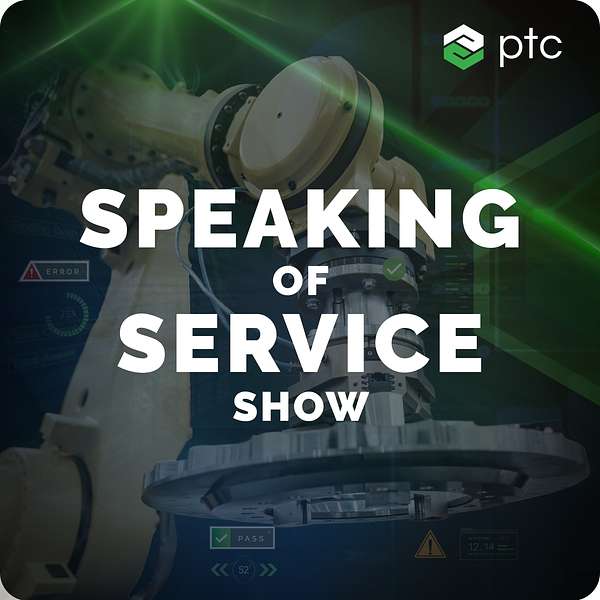
Speaking of Service
Speaking of Service uncovers practical ways to grow service revenue, control costs, and improve customer satisfaction. If you’re looking to innovate, gain a competitive edge, or just learn about the latest service trends, you’ve come to the right place! Also check: www.ptc.com/speakingofservice
Speaking of Service
The Trend of Security within Field Service Organizations
Delve into Zero Trust
Field service organizations are constantly monitoring and paying attention to devices in the field so more and more we are seeing security as a core feature within our product as opposed to it being a necessary evil. At PTC, we are invested in security so today we are speaking with our partner, Tyler Gannon, Vice President, Product Marketing and Strategic Alliances at Device Authority to discuss the whole area of security and how they view security in terms of their customers.